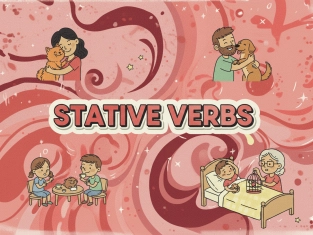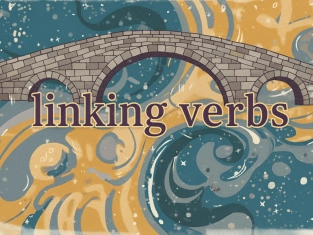Helping Verbs
Table of Contents
Exercises
Explanation
Auxiliary Verbs (Helping Verbs) – A2 Explanation
Main Auxiliary Verbs
|
Verb |
Use |
Example |
|
be (am / is / are / was / were) |
continuous actions |
She is reading. |
|
have (has / have / had) |
finished actions |
They have finished homework. |
|
do (do / does / did) |
questions & negatives |
Do you like coffee? |
Auxiliary verbs usually come before the main verb.
Examples
-
I am watching a movie.
-
She has cleaned the kitchen.
-
Do you speak English?
-
They did not call me.
Questions
We use do / does / did to ask questions:
-
Do you live here?
-
Does he play football?
-
Did you see my bag?
Negatives
We add not after auxiliary verbs:
-
I am not tired.
-
She does not like tea.
-
They have not seen the film.
Short forms: don't / doesn't / didn't / isn't / aren't / wasn't / weren't
Modal Helping (Auxiliary) Verbs
Modal verbs also help the main verb. They show ability, permission, rules, or possibility.
|
Modal |
Meaning |
Example |
|
can |
ability / permission |
I can swim. |
|
must |
strong rule |
You must stop at the red light. |
|
will |
future |
I will call you later. |
|
should |
advice |
You should rest. |
|
may |
permission |
You may enter. |
Quick Tips
-
Auxiliary verbs help the main verb
-
Use do / does / did for questions & negatives
-
Modal verbs never change form (no s, no -ed)

